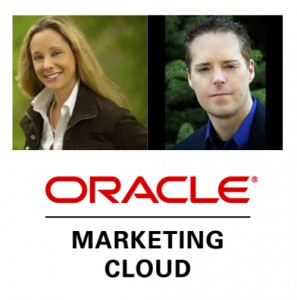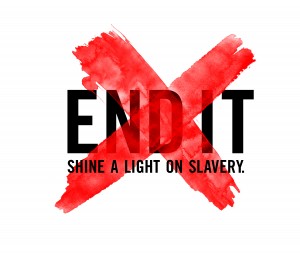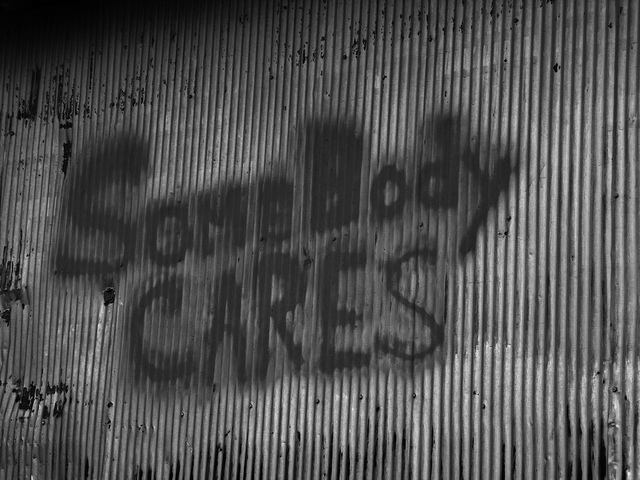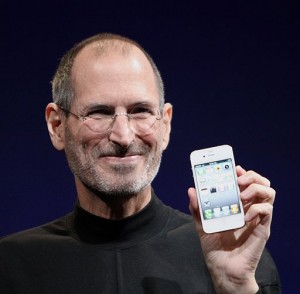Marilyn Cox and Sterling Bailey — Marketing Principles with Oracle’s Industry Center of Excellence — recently interviewed me for their podcast, Vertical X. Click the link below to listen in:
Vertical X, Episode 7 — Content Marketing through Storytelling
Our conversation lasts about 10 minutes (perfect for your commute). And I think we hit on some interesting insights.
Below, is a transcript of our conversation (including links to the things I mentioned). But I hope you’ll listen to the podcast.
Q: Given that the term “storytelling” often takes on a fictional connotation, give use some background on how you approach storytelling in the age of modern marketing?
It’s funny, we’re talking about storytelling’s role in modern marketing. But the reality is most organizations don’t have storytelling cultures.
They market to prospects with what I call F-words: facts, figures and features.
We’re seeing more and more MRI studies clearly demonstrate that stories are far more powerful than mere information and facts. When you watch a MRI of a brain engaged in storytelling, it’s literally lighting up. Not true though when a brain is receiving information and facts.
What’s blown me away is what researchers call mind meshing. Which means when you tell me a story, or I tell you a story, the same parts of our brains light up in the same way at the same time. We’re literally on the same wavelength.
So back to storytelling in the age of modern marketing…
Let’s start with that phrase “modern marketing.” When you say, “modern marketing,” you’re expecting that I know what that phrase means. The assumption is that we share a common story — and it’s a story we tell ourselves — about what modern marketing is and how it differs from traditional marketing — which is another phrase that comes packaged with a story.
The story we tell about modern marketing is that it is content-oriented, permission-based, highly personalized, real-time and backed by an automation and data infrastructure.
The story we tell about traditional marketing is that it is advertising-oriented, interruptive and mass. Right?
When I talk with business leaders, sales execs and marketers about storytelling, they immediately think of it through an industrial mindset — that stories should be manufactured and mass distributed and reinforce the greatest attributes of the organization.
But that’s a traditional marketing mindset. I call that expressive storytelling. It’s all about us.
I practice and teach what I call connective storytelling. As the phrase implies, the goal of this kind of storytelling is to foster a connection with a human being on the other end. Which means the story is not about us — the organization — it’s about the people we serve — and others like them.
So storytelling in the age of modern marketing is customer-centric, connective and invites participation.
Q: In David Meerman Scott’s newest book, The New Rules of Sales & Service, your approach to using email marketing for surveys was featured. Tell us about this approach. How did you begin implementing it into your own work and what were some of the successes?
I hope you read David’s blog, Web Ink Now. He’s a master storyteller.
David, like Seth Godin, is a key thought leader in the marketing world. He wrote a book on content years before it was cool. And he gave us a powerful narrative about the new rules of marketing vs. the old rules.
I met David back in 2009 when we brought him to our headquarters in Atlanta to kickoff a two-day marketing summit for our operating companies. And I’ve been blessed to continue a connection with him ever since. Which says a lot about him.
So in September 2013, David wrote a rant titled, “Stupid surveys are all take and no give.” I emailed him and showed him how we were taking a completely different approach to surveys. And it really seemed to connect with him. It’s an approach a colleague and I presented at Eloqua Experience 2013. And we presented it in an Oracle podcast last year.
The idea is that you should give more than you ask. So if you’re going to ask someone to take a survey, they should get more out of it than you.
One way we do this is by making sure our survey findings will give participants key insights they can use in their decision making. Another way we do this is by sharing or pointing them to other resources. Another way is that we ask them to tell us what they wish we would have quantified or qualified. And we build that into future surveys.
Most org’s ask, ask, ask. So we try to give, give, give, then ask. Then give some more.
Q: When thinking through what’s been discussed, are content marketers failing because they lack a defined strategy, or are they failing because they lack a defined story?
Last Fall, I attended Robert McKee’s Story in Business seminar in NYC.
For those who don’t know him, McKee literally wrote the book on story design. Screenwriters, directors, producers, actors, novelists, you name it, attend his seminars. Pixar sends their people to each seminar.
Over the course of that day, McKee said something that has stuck with me: “Whoever tells the biggest story wins.” We could spend an entire podcast unpacking just that.
So why are content marketers failing? They’re failing because they’re not telling big stories. And the reason they’re not telling big stories is their companies aren’t living big stories.
Content success today requires three elements: connective storytelling, a bold strategy and sustainable systems.
We’ve talked about what connective storytelling means. By strategy, I mean that marketers are clear about whom they serve. And they’re willing to take risks and place bets that will surprise and delight their customers. And by systems, I mean that the right people, processes and infrastructure are put in place and managed for continuous improvement.
If you remove any one of these three elements, your content marketing will suffer.
A story and strategy without a system results in inconsistencies and distribution challenges.
A story and system without a strategy results in noise and clutter.
A strategy and system without a story results in me-too commodity content.



